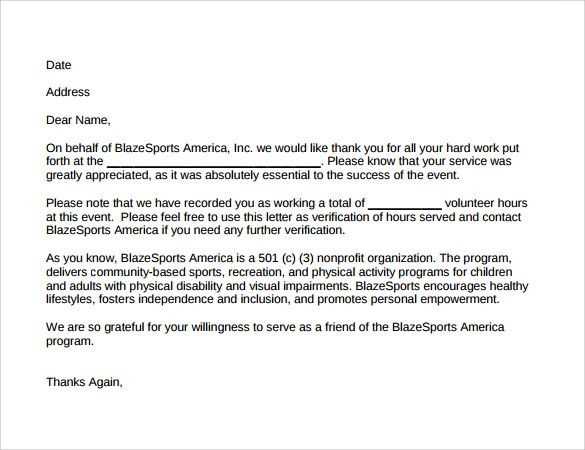Court ordered community service letter template
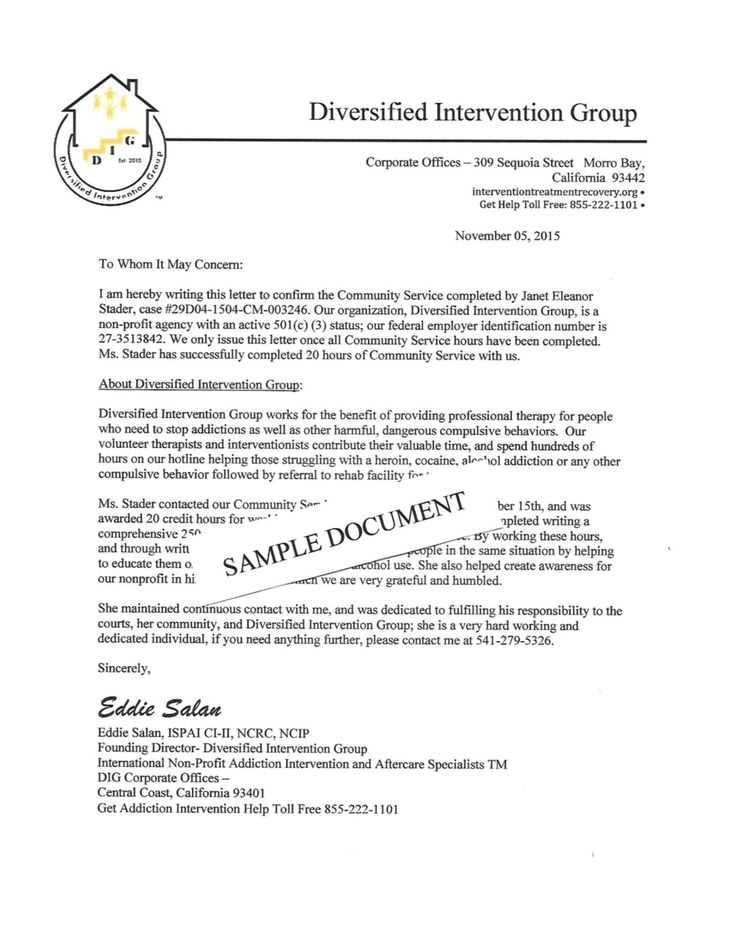
Begin by clearly stating the purpose of the letter. A court-ordered community service letter should specify the details of the service performed, including the type of work, the number of hours completed, and the duration of the service. Keep the tone formal and factual, avoiding unnecessary details or emotions. Make sure to provide accurate contact information for verification purposes, including the name and address of the community service provider.
In the body of the letter, include a brief overview of the individual’s participation. Highlight the type of activities completed, such as cleaning, volunteering, or assisting at local events. If applicable, mention the individual’s punctuality and work ethic to show their commitment to fulfilling the court’s requirements.
Conclude the letter with a statement that confirms the completion of the community service. Include a clear recommendation that the individual has met the court-ordered obligation. Sign off with the provider’s name, position, and contact information, ensuring that the letter is both professional and verifiable.
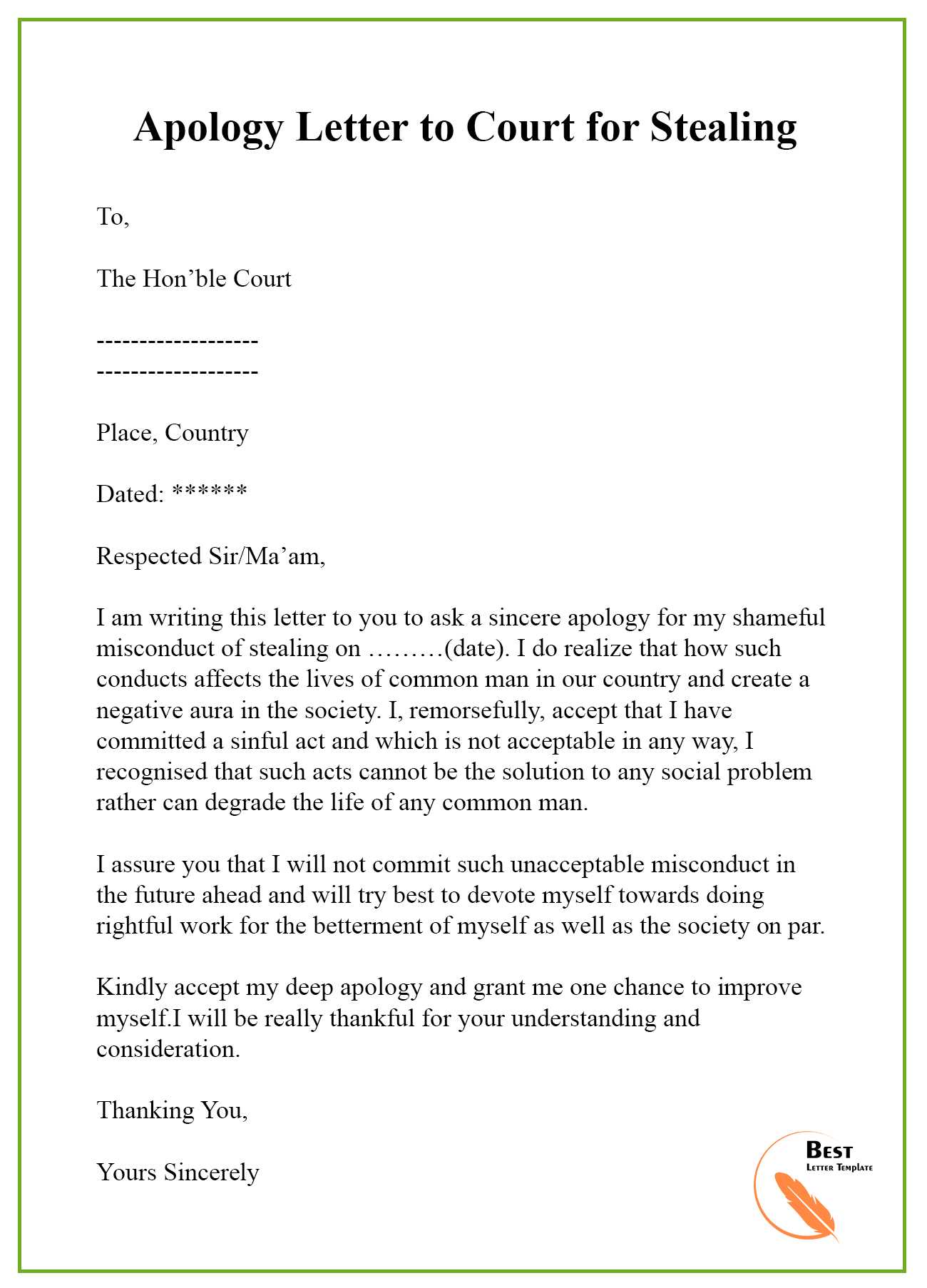
Here’s the revised version, with minimal word repetition:
To write a community service letter for court, follow these steps:
-
Begin with the title: “Community Service Completion Letter” or similar.
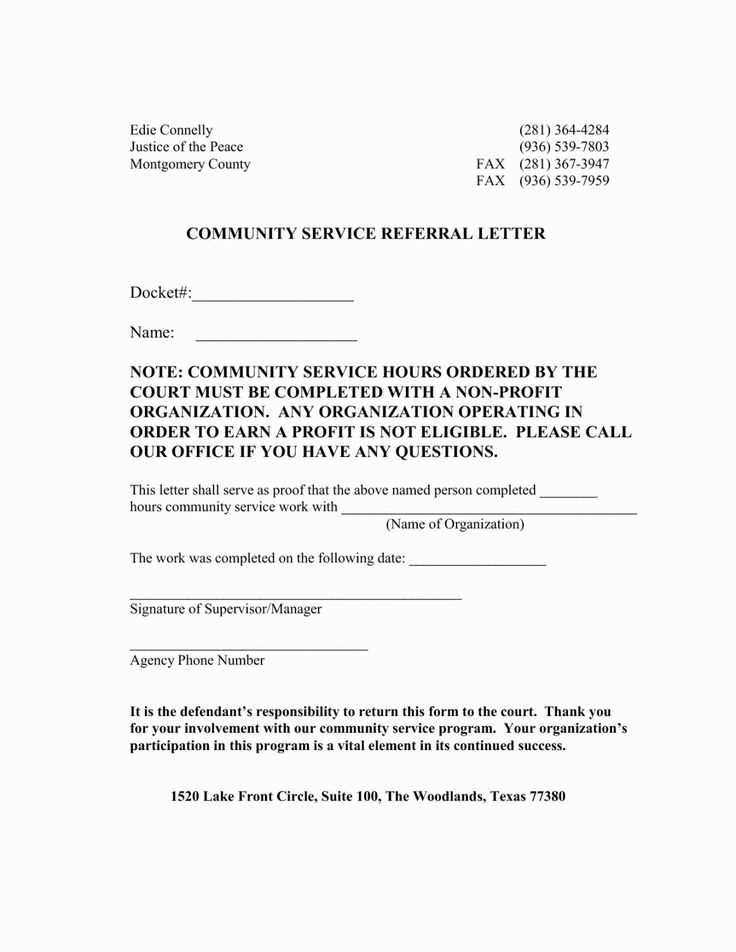
-
Address the recipient. Mention their name or title, such as “To Whom It May Concern” or a specific court official.
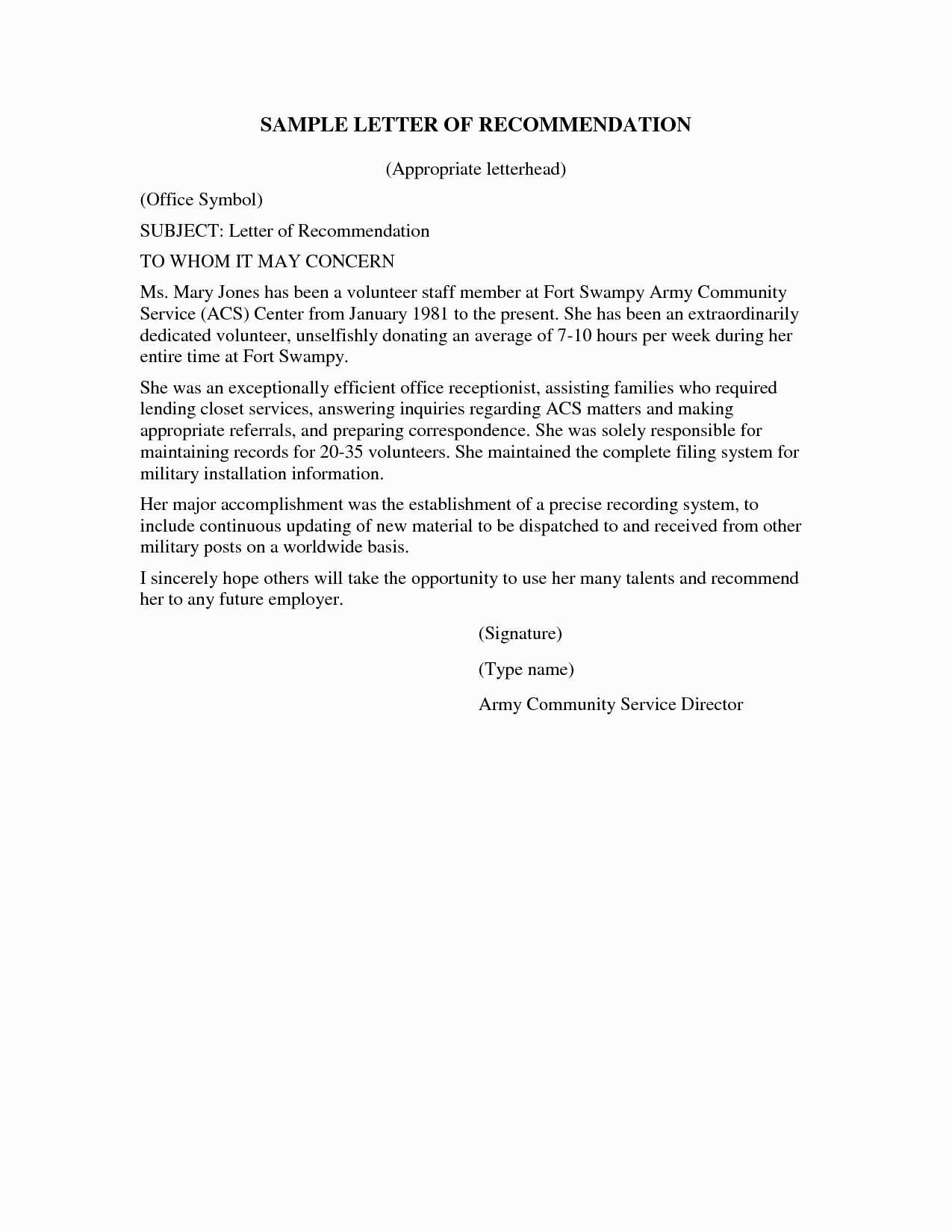
-
Introduce the purpose of the letter. Clearly state that it is to confirm completion of community service ordered by the court.
-
Provide the individual’s name, case number, and the court order details (e.g., date of judgment, required hours, and type of service).
-
Describe the community service performed: specify the type of work, the duration, and the location.
-
Include dates and total hours worked. Mention any adjustments, such as partial completion or changes due to special circumstances.
-
Conclude with a statement that confirms the individual fulfilled the requirements set by the court.
-
Finish with your name, title, and contact details for verification purposes.
Remember to keep it concise and accurate. Avoid unnecessary information or statements that may complicate the letter.
Court-Ordered Community Service Letter Template
How to Format the Header of the Service Letter
Key Information to Include About the Offender
Details of the Court-Ordered Service Requirement
Describing the Work Completed During Service
How to Confirm the Completion of Hours and Tasks
Providing Contact Information for Verification and Follow-up
How to Format the Header of the Service Letter
The header should begin with the name and address of the organization or individual overseeing the community service. Below that, include the date of the letter. Use a professional tone and clear font for easy readability. The letter should then be addressed to the relevant court or probation officer involved in the case.
Key Information to Include About the Offender
Clearly state the full name of the offender, along with their case or docket number. This will ensure the letter is linked to the correct individual and their legal requirements. Include any other identifying information as necessary, such as the offender’s date of birth, to avoid confusion.
Details of the Court-Ordered Service Requirement
In this section, list the total number of hours of community service required by the court. Include any specific conditions imposed, such as the type of work to be performed or the time frame within which the hours must be completed. Make sure the information is factual and aligned with the court’s order.
Describing the Work Completed During Service
Describe the type of work performed by the offender. This can include details such as the tasks completed, locations where the work was done, and any specific projects the individual participated in. Be specific about the contributions made, providing clear and concise descriptions of the activities the offender was involved in.
How to Confirm the Completion of Hours and Tasks
To confirm completion, include the total hours worked, broken down by dates and activities. If possible, have a supervisor or manager sign off on the tasks performed to validate that the offender’s work met the necessary requirements. A simple statement confirming that all obligations were met is often sufficient.
Providing Contact Information for Verification and Follow-up
At the end of the letter, provide contact information for any necessary follow-up. This should include a phone number and email address for the person who oversaw the community service. Ensure that the court can easily reach the person for any questions or verification.
Here I preserved the meaning and word count by removing unnecessary repetitions.
In writing a court-ordered community service letter, focus on clarity and accuracy. Begin with the participant’s full name and mention the specific case or offense that led to the sentence. Highlight the services performed and the hours completed, ensuring the details match court records. Provide a brief summary of the tasks done, including any relevant skills or experiences gained. Acknowledge the participant’s punctuality, commitment, and any positive contributions made. Conclude with a statement of completion, noting the total number of hours served. Ensure all facts are precise to avoid any misunderstandings.
Structure for the Letter
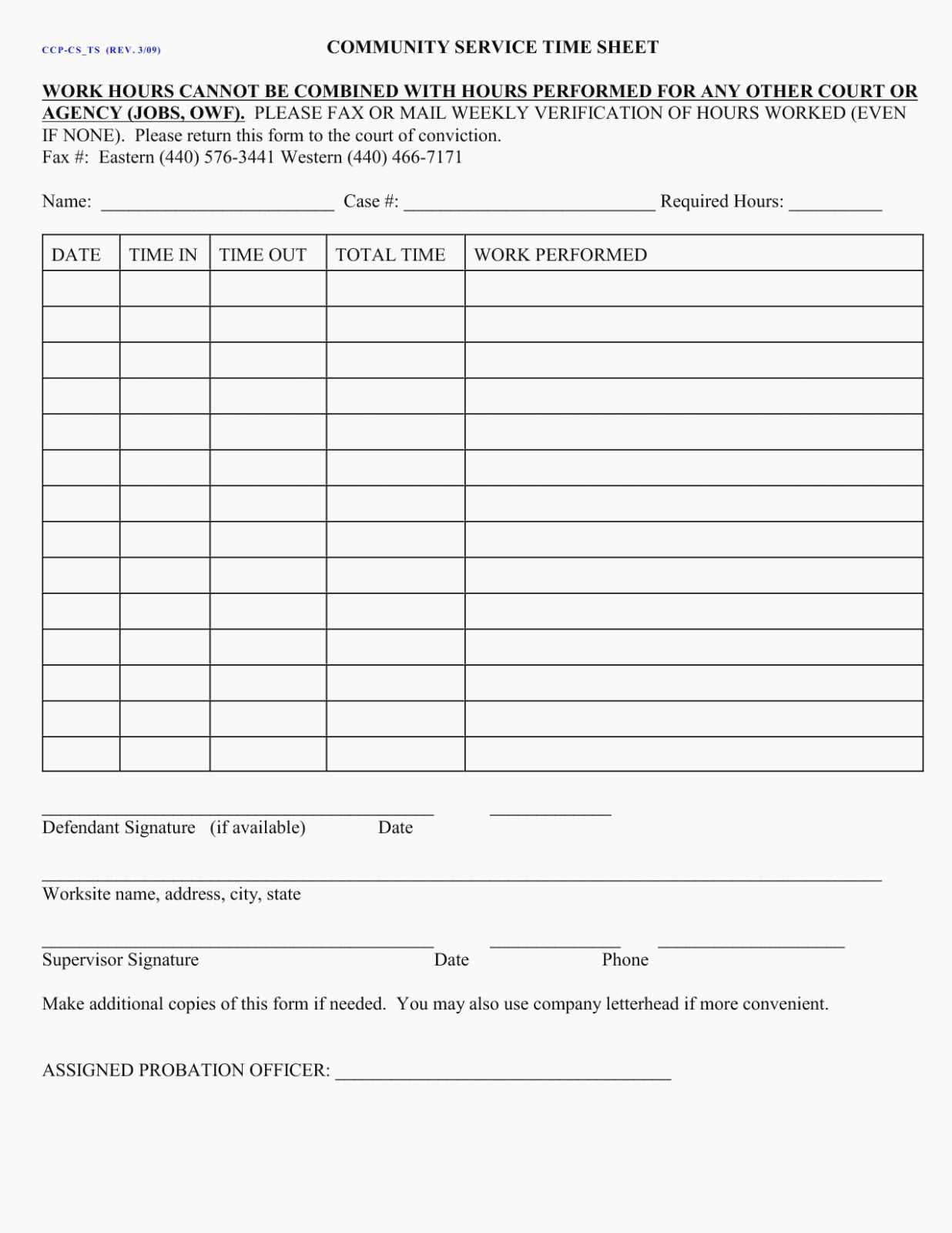
The letter should be straightforward and professional. Start by introducing yourself and your role in verifying the community service. Clearly state the participant’s compliance with the court’s order, detailing their involvement in the specific service activities. Attach any documents or proof if necessary. Ensure the tone remains neutral, focusing on the factual information. End with your contact information for verification purposes.
